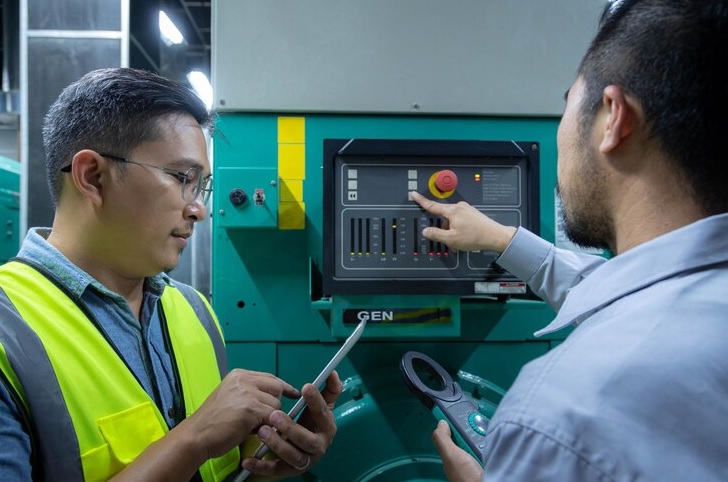In today’s fast-paced industrial world, maintaining equipment reliability and performance is paramount. Predictive and prescriptive maintenance are two innovative approaches that are transforming the way industries handle their machinery. By leveraging advanced technologies, these maintenance strategies not only enhance operational efficiency but also reduce costs and downtime. Let’s delve into how predictive and prescriptive maintenance work and their significant benefits.
Understanding Predictive Maintenance
Predictive maintenance involves using data-driven techniques to predict equipment failures before they occur. This approach relies heavily on condition-monitoring tools and sensors that collect real-time data on various equipment parameters such as vibration, temperature, and pressure. By analyzing this data, predictive maintenance systems can identify patterns and anomalies that indicate potential issues.
One of the key advantages of predictive maintenance is its ability to foresee problems early. For instance, if a machine’s vibration levels start to increase, the system can alert maintenance personnel to investigate further. This early warning allows for timely interventions, preventing costly breakdowns and minimizing unplanned downtime. Predictive maintenance also helps extend the lifespan of equipment by ensuring it operates within optimal conditions.
The Role of Prescriptive Maintenance
While predictive maintenance focuses on forecasting potential failures, prescriptive maintenance takes it a step further by providing actionable recommendations. Prescriptive maintenance systems analyze historical data, real-time sensor inputs, and advanced algorithms to suggest specific actions to mitigate or prevent issues. These actions can range from adjusting operational parameters to scheduling maintenance activities.
Prescriptive maintenance not only predicts when a failure might occur but also offers precise solutions to address the problem. For example, if a pump shows signs of impending failure, the prescriptive maintenance system might recommend reducing its load, performing a specific type of lubrication, or replacing a particular component. This targeted approach ensures that maintenance efforts are efficient and effective, reducing the risk of unnecessary repairs and associated costs.
Benefits of Predictive and Prescriptive Maintenance
Implementing predictive and prescriptive maintenance strategies offers numerous benefits to industries:
- Cost Savings: By preventing unexpected equipment failures, these maintenance approaches help avoid costly emergency repairs and production losses. Planned maintenance activities are generally more cost-effective than reactive ones.
- Increased Equipment Lifespan: Regular monitoring and timely interventions ensure that equipment operates within optimal conditions, extending its useful life and delaying the need for replacements.
- Enhanced Safety: Predictive and prescriptive maintenance help identify potential hazards before they lead to accidents, ensuring a safer working environment for employees.
- Optimized Resource Allocation: Maintenance resources, including personnel and spare parts, can be better allocated based on precise predictions and recommendations, leading to more efficient operations.
- Improved Productivity: With fewer unplanned downtimes and smoother operations, overall productivity increases, allowing industries to meet their production targets more consistently.
Real-World Applications
Predictive and prescriptive maintenance are being successfully applied across various industries, including manufacturing, energy, transportation, and healthcare. In manufacturing, these maintenance strategies ensure that production lines run smoothly without interruptions. In the energy sector, they help maintain the reliability of critical infrastructure such as power plants and wind turbines. In transportation, predictive and prescriptive maintenance keep vehicles and equipment in optimal condition, reducing the risk of breakdowns and improving service reliability.
Conclusion
The integration of predictive and prescriptive maintenance is revolutionizing equipment management. By harnessing the power of data and advanced analytics, these approaches enable industries to proactively address potential issues, optimize maintenance efforts, and achieve significant cost savings. As technology continues to evolve, the capabilities of predictive and prescriptive maintenance will only improve, making them indispensable tools for maintaining equipment reliability and performance in the modern industrial landscape.
Incorporating predictive and prescriptive maintenance into your operations not only ensures smoother and more efficient processes but also paves the way for a future where downtime and unexpected failures are things of the past. Embrace these cutting-edge maintenance strategies today to stay ahead in the competitive industrial world.




